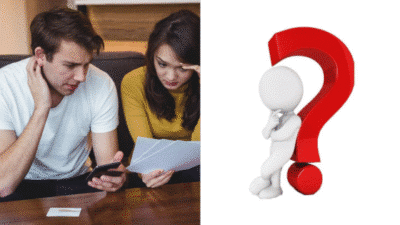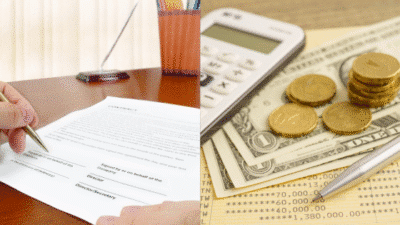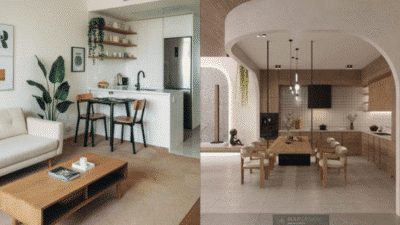Packaging design plays a big role in how people see and choose products. To stand out on crowded shelves, a design needs to catch the eye while showing what the product is about. Great packaging design balances creativity with function to make products both attractive and easy to use.
People can find inspiration from many places like websites, design hubs, and even AI tools that help turn ideas into visuals. Whether a design is simple and clean or bold and eco-friendly, there are plenty of examples to spark new ideas.
By exploring different styles and approaches, anyone can discover fresh ways to make their packaging unique and effective. This article shares a range of ideas to help unlock that creative spark.
What Is Packaging Design Inspiration?
Packaging design inspiration helps create unique and effective product packaging. It involves ideas that make a package stand out, connect with buyers, and reflect the brand’s message. Good inspiration guides choices about shape, color, materials, and overall look.
Definition and Importance
Packaging design inspiration means gathering creative ideas to shape product packaging. It is important because it turns plain packaging into something eye-catching and meaningful. Well-inspired packaging does more than look good—it tells a story about the product and brand.
This inspiration influences how customers see a product on store shelves. Packaging that connects emotionally or visually with buyers increases the chance of purchase. In a crowded market, inspired design helps products stand out and builds trust with consumers.
Key Elements of Successful Packaging


Successful packaging design mixes several key elements:
- Form and structure: The shape needs to be practical and attractive.
- Colors and graphics: These create visual impact and support brand identity.
- Materials: Choices like recycled or textured materials can add value.
- Storytelling: Packaging that tells a product’s story makes it more memorable.
Each part should work together to communicate the product’s purpose clearly. When these elements balance well, the packaging looks professional and builds consumer interest.
How Inspiration Drives Creativity
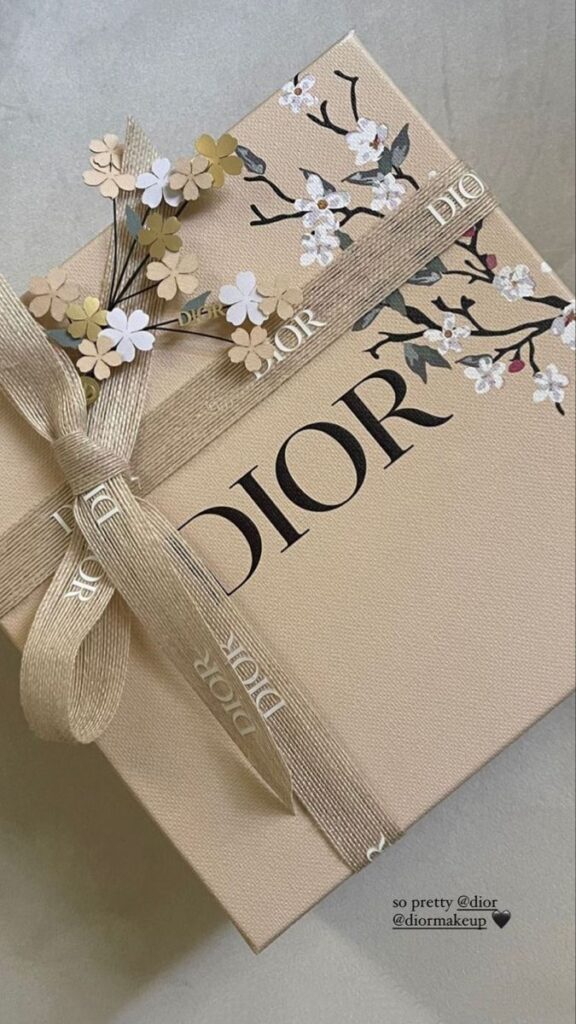
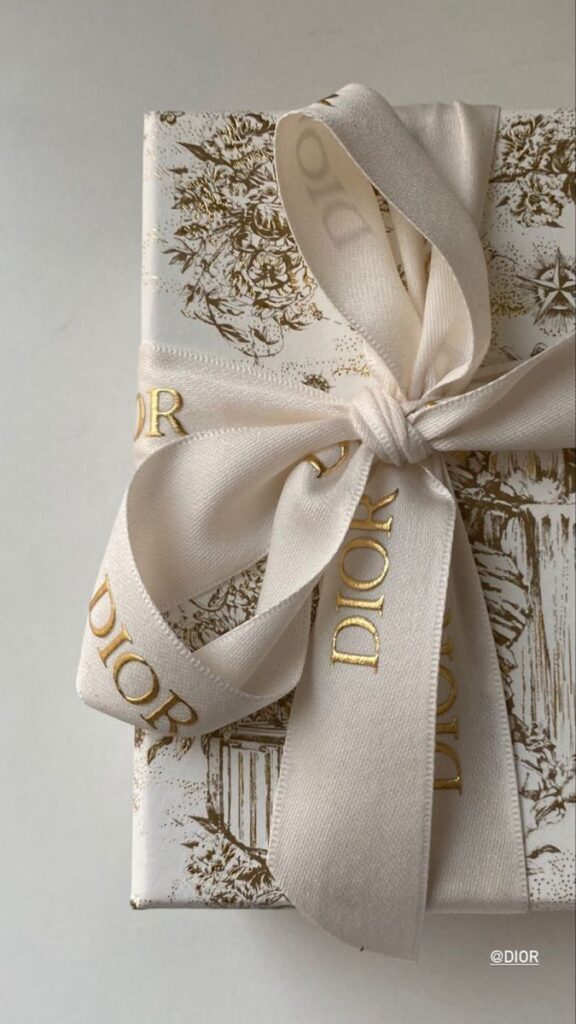
Inspiration fuels creativity by encouraging new ideas and fresh approaches. Designers look at trends, nature, culture, and other products to find what can work well. Inspiration is not just copying; it’s about adapting and mixing ideas into something unique.
Creative packaging often uses bold colors, minimalism, or eco-friendly materials inspired by consumer values. It pushes designers to think beyond just protecting the product—to adding value through experience and emotional connection. This drive helps brands better connect with their customers.
Trends in Packaging Design
Packaging design today focuses on clean looks, sustainability, clear messages, and ways to connect with customers directly. Designers use simple shapes and colors, eco-friendly materials, large letters, and tech features to make products stand out.
Minimalist Styles

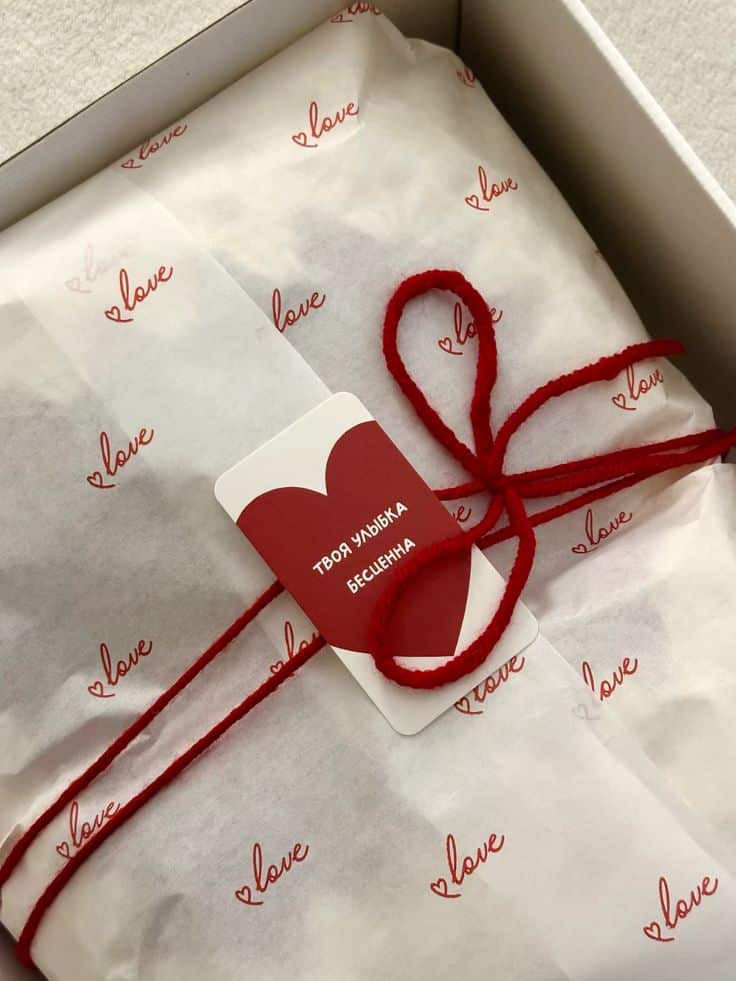
Minimalist packaging uses simple shapes, limited colors, and clean lines. It helps products look elegant and easy to understand. This style often avoids clutter, focusing on just the brand name or a single image.
This trend works well for luxury products or brands that want to show honesty and clarity. Minimalist designs use white space and subtle textures to add interest without being loud.
Minimalism also improves shelf visibility because it contrasts with busy packaging nearby. Brands can communicate quality with less, making the product feel more modern and fresh.
Eco-Friendly Packaging
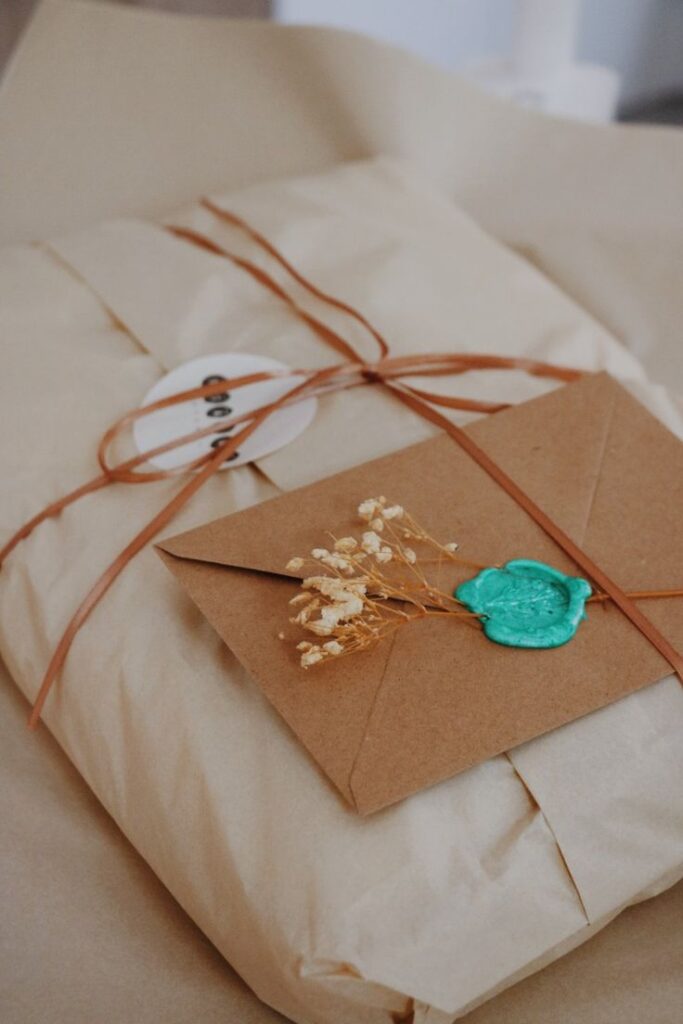
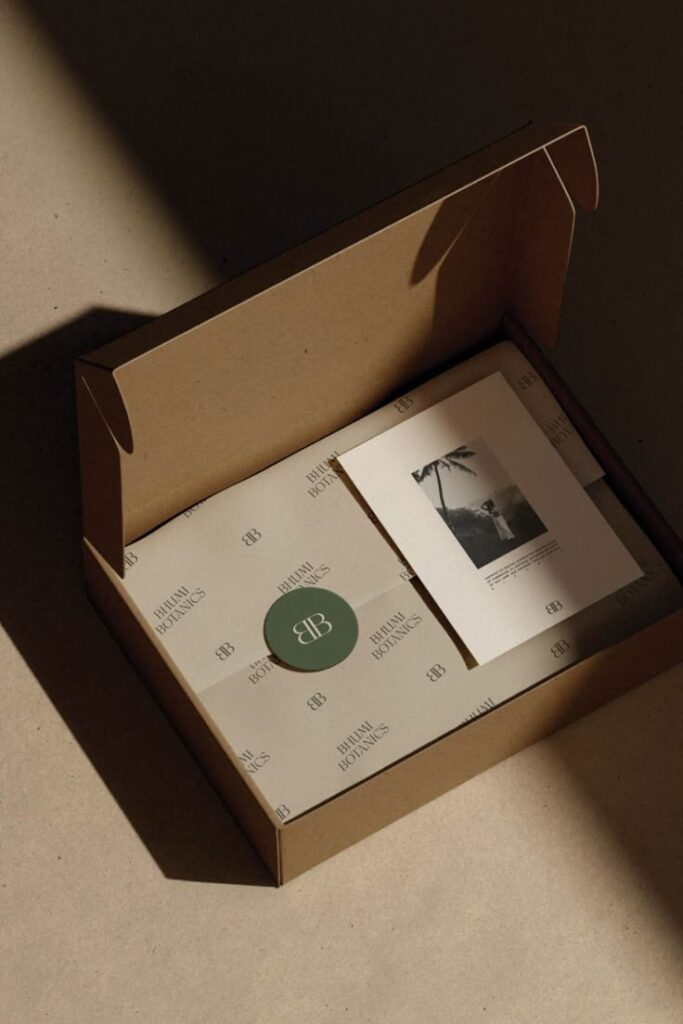
Eco-friendly packaging uses materials like recycled paper, biodegradable plastics, and plant-based inks. It’s growing fast because customers want less waste and more green choices.
Using eco materials can cut costs and reduce pollution. Brands often highlight this on the package to attract buyers who care about the environment.
Designers pair sustainability with a natural look, using earthy tones or clear containers. This shows the product’s connection to nature and builds trust with shoppers.
Bold Typography
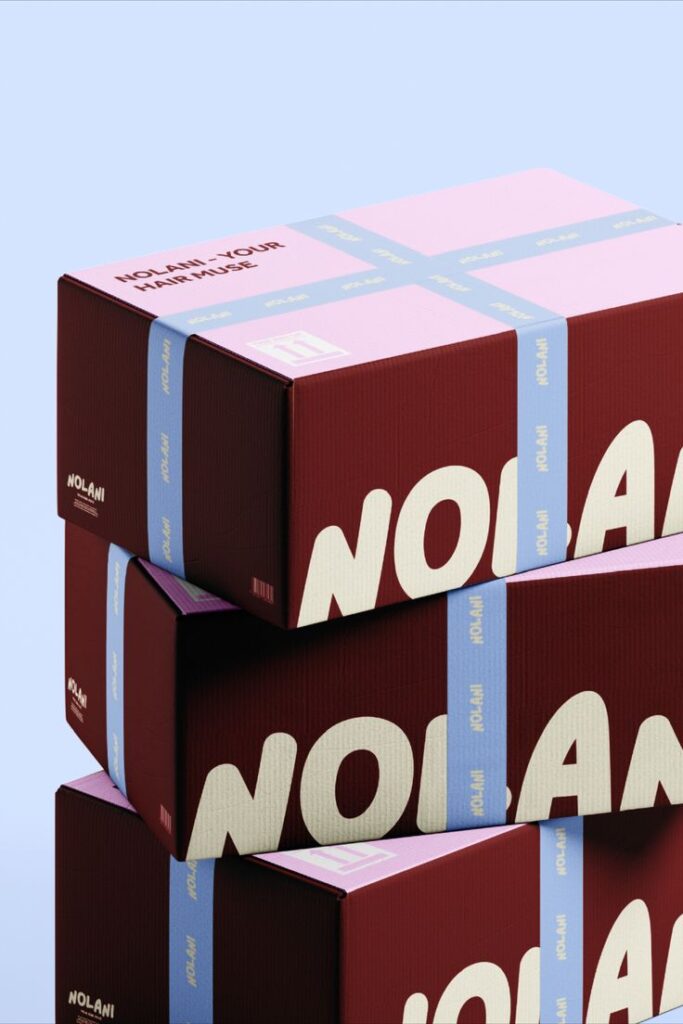
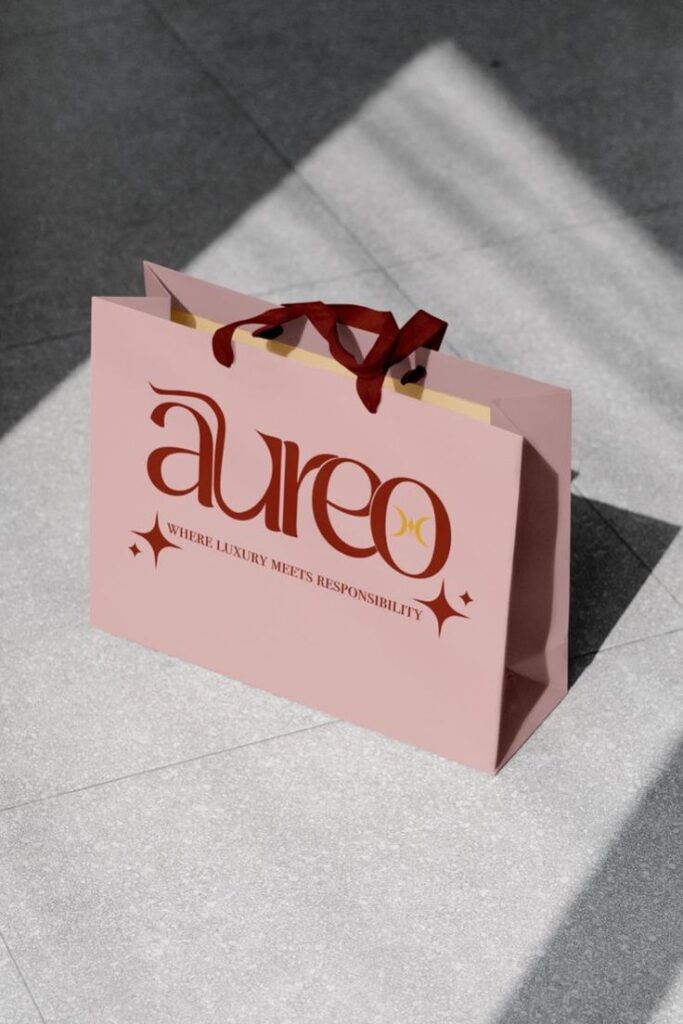
Bold typography uses large, clear fonts to grab attention. It helps key information stand out, like the product name or main benefit.
This approach works well on small or crowded packages, making it easy for buyers to spot what they need.
Using bold letters in unique styles or bright colors adds personality and energy to the packaging. It can shape the brand’s tone, whether fun, strong, or sophisticated.
Interactive Packaging
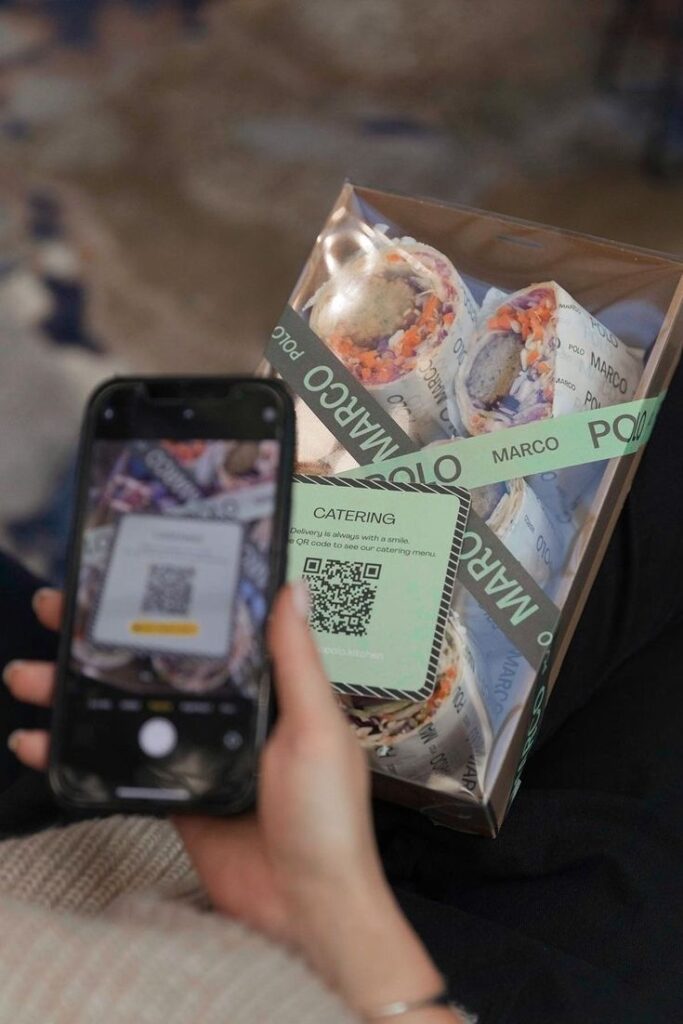
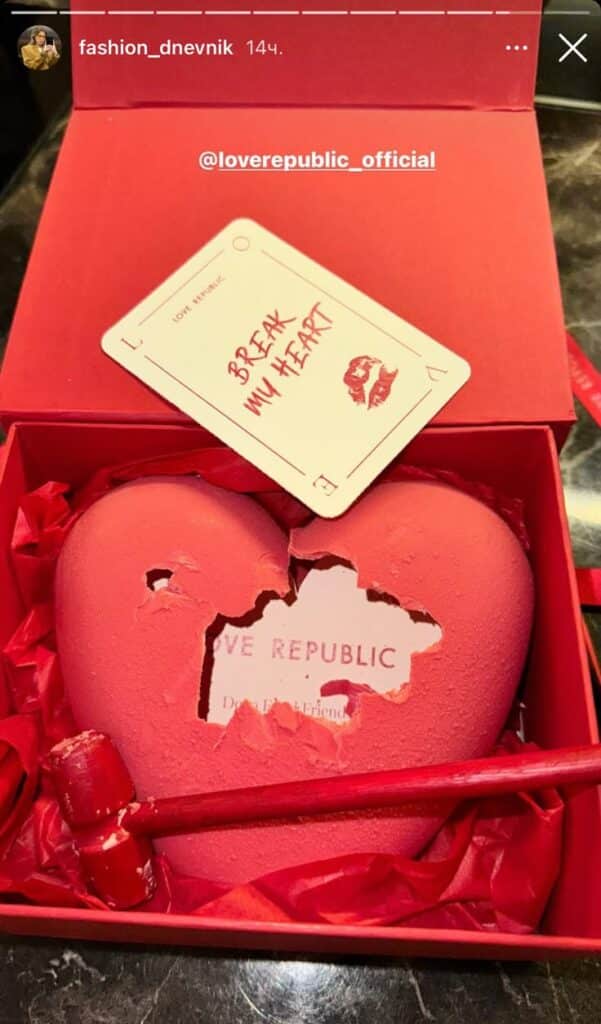
Interactive packaging includes QR codes, hidden messages, or special textures. These features invite customers to engage with the product beyond just buying it.
This trend connects packaging with digital experiences, such as videos, games, or instructions. It can boost customer interest and brand loyalty.
Textures or movable parts in packaging can give a fun or luxurious feel. Interactive design makes products memorable and encourages sharing on social media.
| Trend | Key Feature | Why It Matters |
|---|---|---|
| Minimalist Styles | Clean, simple design | Clear, modern look |
| Eco-Friendly Packaging | Sustainable materials | Appeals to green consumers |
| Bold Typography | Large, visible fonts | Easy to read and eye-catching |
| Interactive Packaging | Digital links or special textures | Engages customers directly |
Finding Creative Inspiration
Creative inspiration for packaging design often comes from studying successful examples, experimenting with colors, understanding retail trends, and looking beyond design to art and culture. These approaches help designers create packaging that stands out and connects with customers.
Analyzing Market Leaders
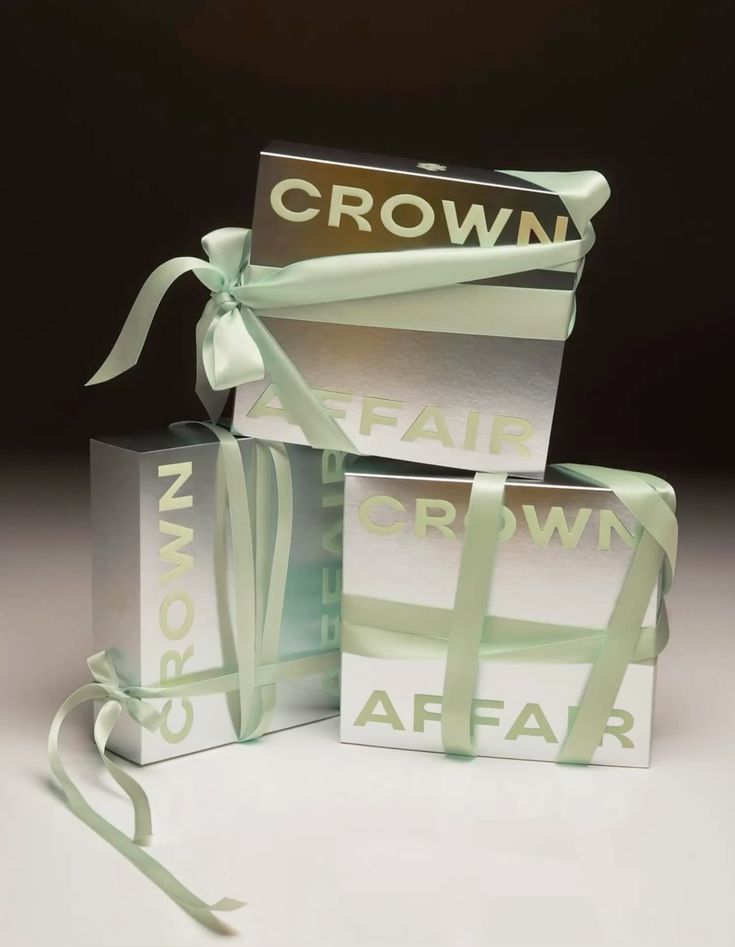
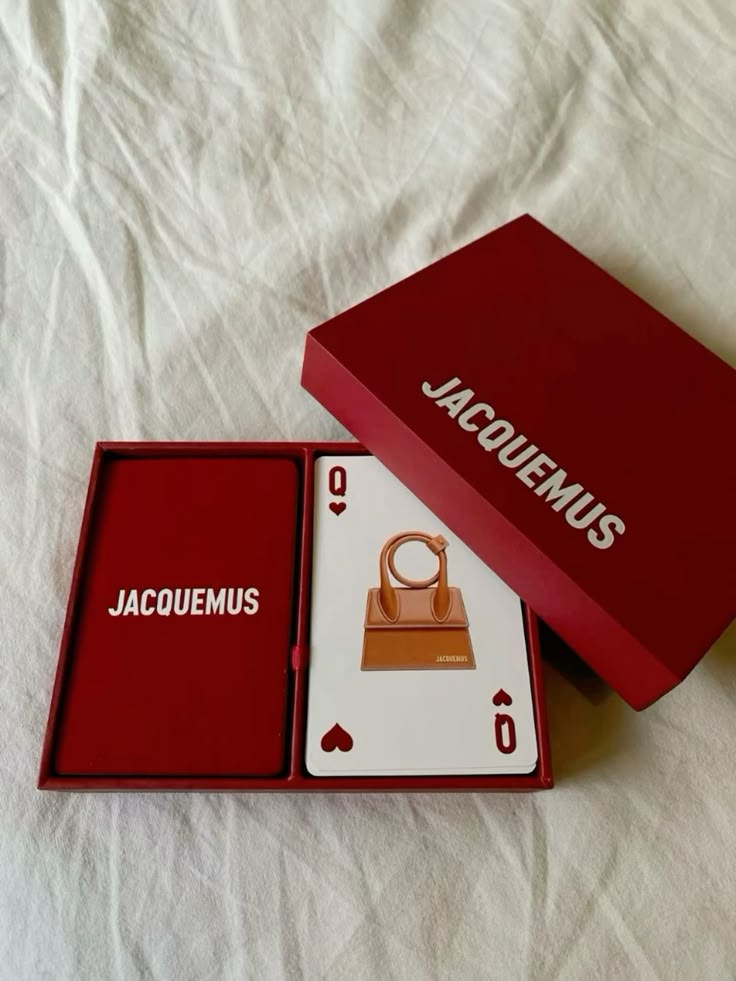
Designers can learn a lot by examining packaging from top brands in their industry. Market leaders invest heavily in packaging that reflects their values and attracts their target audience. By looking at these designs, designers observe how simplicity, typography, and imagery work together to tell a brand story.
For example, many successful brands use clean layouts and strong logos to create instant recognition. Others rely on eco-friendly materials to connect with environmentally conscious buyers. Noticing these details helps designers decide what fits their own projects while staying fresh and relevant.
Exploring Color Palettes
Color choices play a big role in packaging appeal. Designers should study popular and effective palettes to understand how colors influence emotions and buying decisions. Bright colors can grab attention quickly, while muted tones often signal luxury or natural ingredients.
Experimenting with palettes that fit the brand’s personality is key. Tools like color wheel apps or online palettes can help find good combinations. It’s important to test how colors work together under different lighting and on various materials, ensuring the packaging looks appealing both online and on shelves.
Spotting Trends in Retail
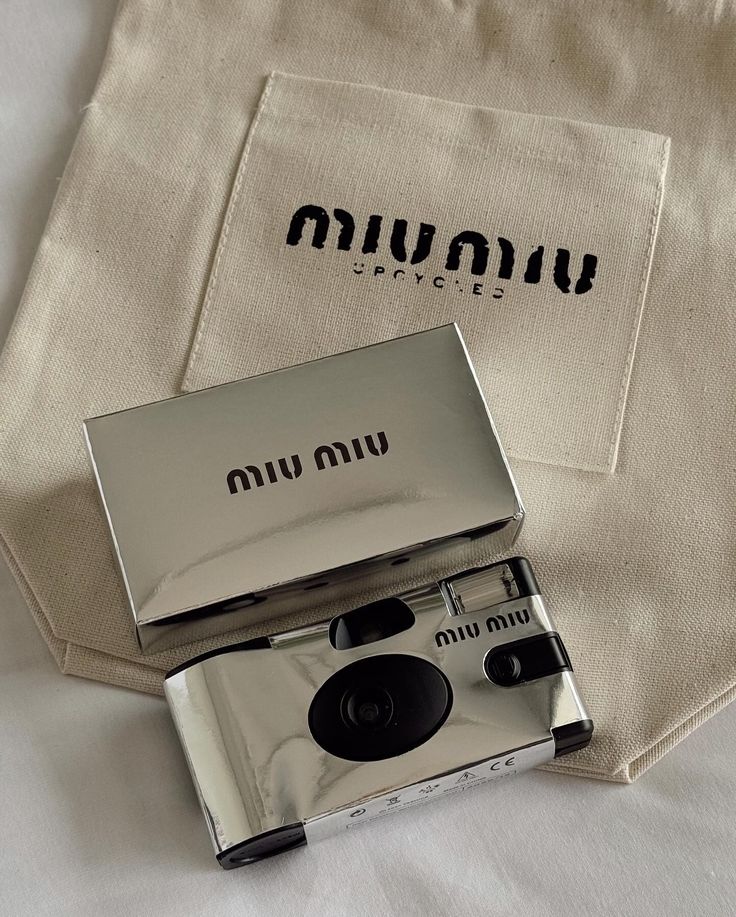

Retail environments change constantly, and packaging that fits current trends sells better. Designers watch retail shelves, online stores, and industry reports to spot shifts in consumer preferences. For example, minimalism, transparency, and sustainability are big trends right now.
Paying attention to product size, shape, and convenience also matters. Compact, resealable, or multi-use packaging resonates well with today’s buyers. Retail trends guide designers to create packaging that fits customer lifestyles and stands out in crowded marketplaces.
Drawing from Art and Culture
Inspiration can also come from outside traditional design sources. Art movements, local culture, and global traditions offer rich ideas for packaging. Patterns, textures, and symbols from these areas bring uniqueness and meaning to design work.
Designers who explore museums, festivals, or crafts find fresh ways to connect packaging with stories and emotions. This approach adds depth and authenticity, helping the product earn trust and attention in diverse markets. It’s a creative way to make packaging more than just a container.
Case Studies of Innovative Packaging
Innovative packaging can change how people see a product and even boost sales. Several examples show different ways brands use design to stand out, refresh their image, or introduce new products in unique ways.
Award-Winning Designs

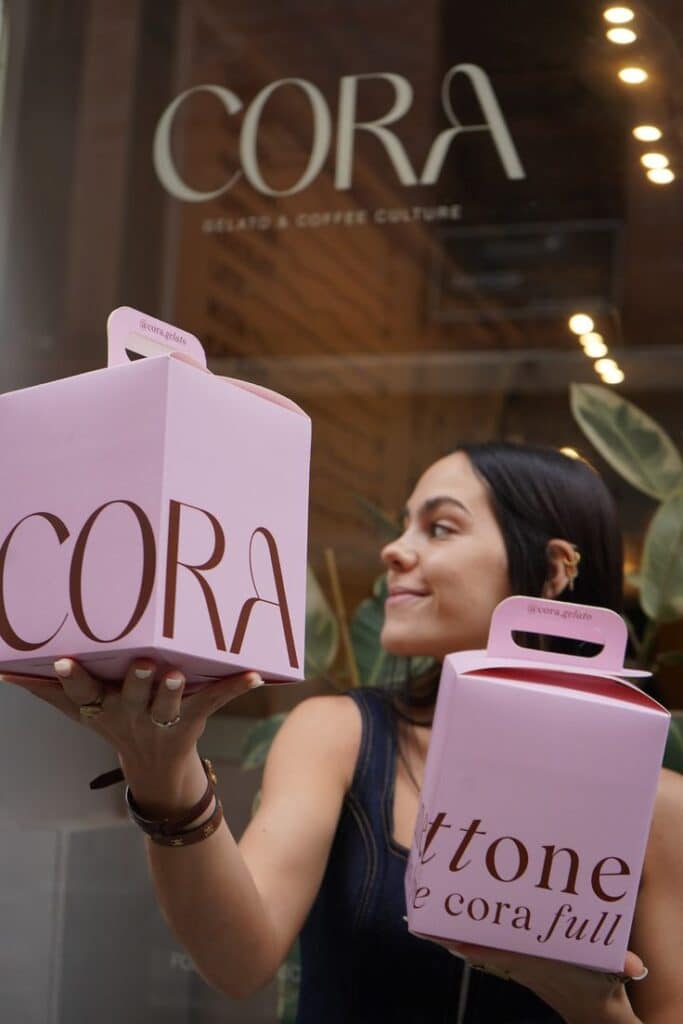
Some packaging designs win awards because they combine creativity with function. These designs often use sustainable materials or smart features like QR codes and sensors. For example, certain brands have created eco-friendly packaging that breaks down faster, helping reduce waste while keeping products safe.
Winning designs focus on user experience, making products easier to open or reuse. These solutions also catch the eye on shelves, often through bold colors and unique shapes. Awards highlight how these ideas benefit brands by making products more appealing and environmentally friendly.
Rebranding Success Stories
Packaging can help brands reset their identity without changing the product. Successful rebrands use packaging to send a fresh message while keeping loyal customers. For instance, big companies like Coca-Cola or Starbucks have redesigned their packaging to look modern and eco-conscious, improving customer perception.
Rebranding often includes clearer logos, new colors, or minimalist styles. These changes help products better fit current trends like sustainability or simplicity. The packaging becomes a key part of marketing, telling customers the brand cares about the environment or design.
Unique Product Launches
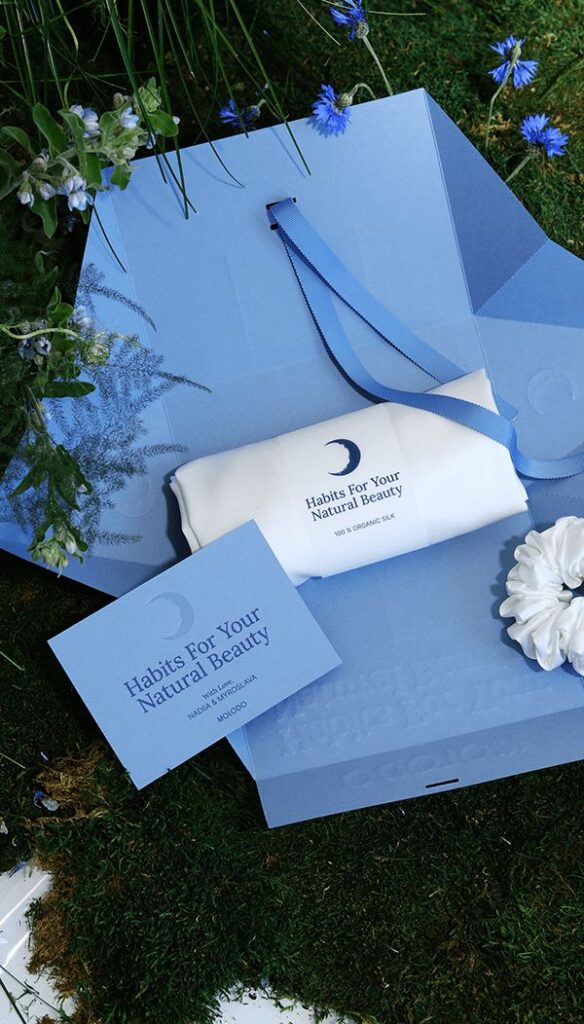
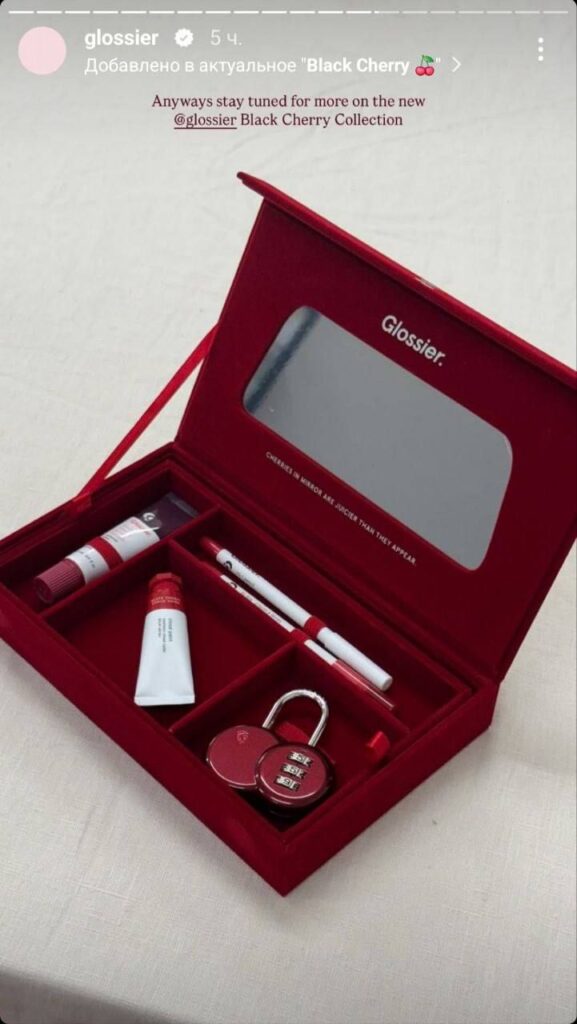
Innovative packaging plays a big role when launching new products. It can create excitement and help the product get noticed in a crowded market. Some launches use interactive packaging, such as augmented reality or hidden messages, to engage customers directly.
Other brands focus on cultural themes or limited-edition designs to connect with fans. This approach can make products feel special and drive sales early on. Good packaging for new launches makes the unboxing experience memorable and encourages sharing on social media.
Tips for Your Own Packaging Design Journey
Designing packaging takes planning, creativity, and clear communication. It helps to know how to work with designers, test ideas with prototypes, and gather honest feedback.
Working with Designers
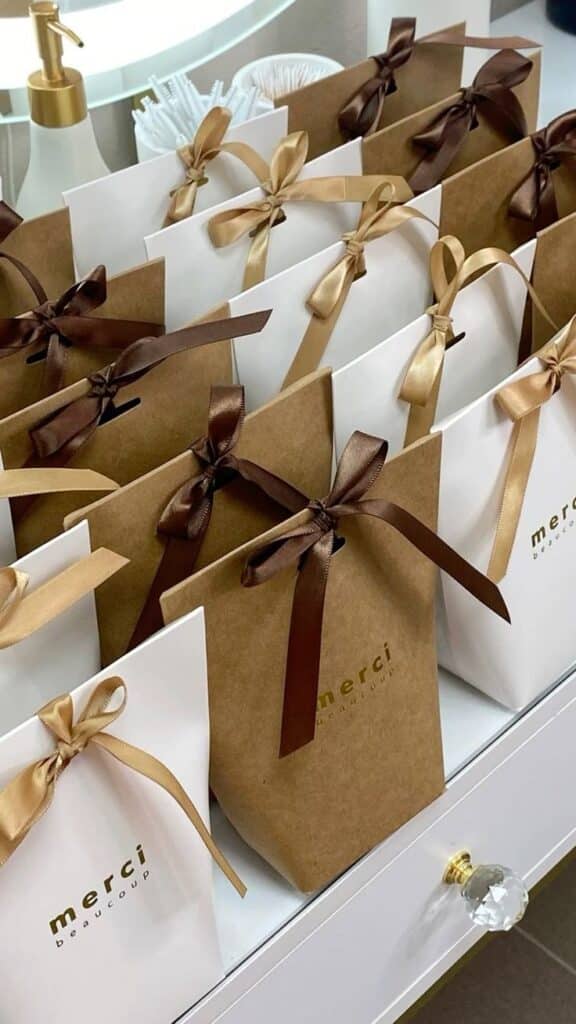
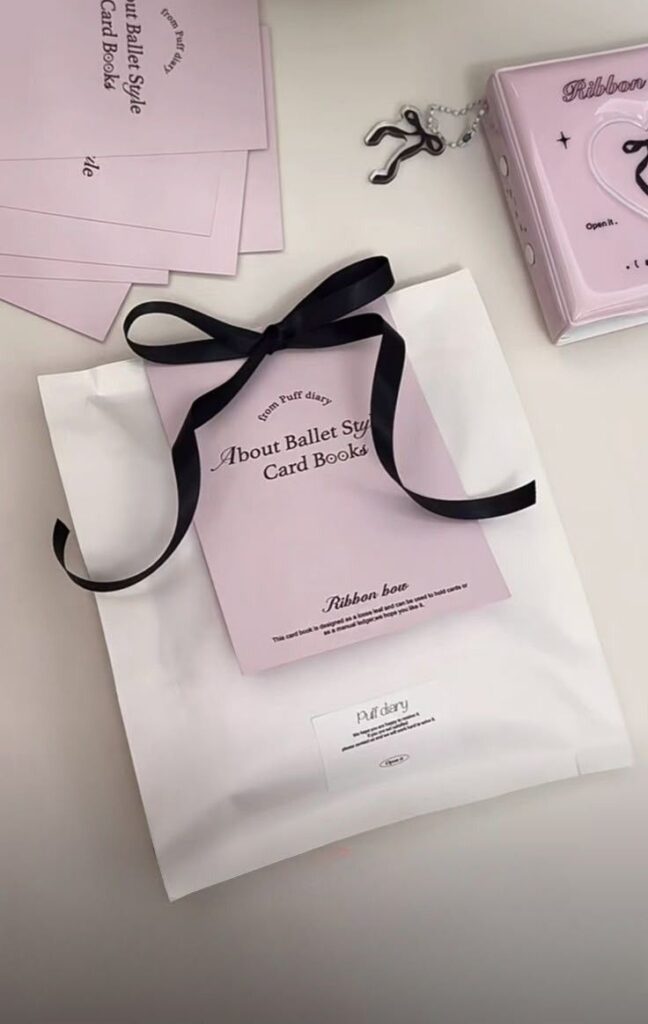
Working closely with a designer can bring fresh ideas to life. Clear communication about the product, target audience, and brand values is key. Providing examples of styles or colors she likes helps avoid confusion.
She should share all necessary details upfront, like size limits and materials. Regular check-ins allow her to review progress and suggest changes early. Using tools like mood boards and sketches can make discussions easier.
A good designer will balance creativity with practical needs, like production costs and shelf appeal. Being open to their expertise leads to better designs that fit the brand’s story.
Prototyping Ideas
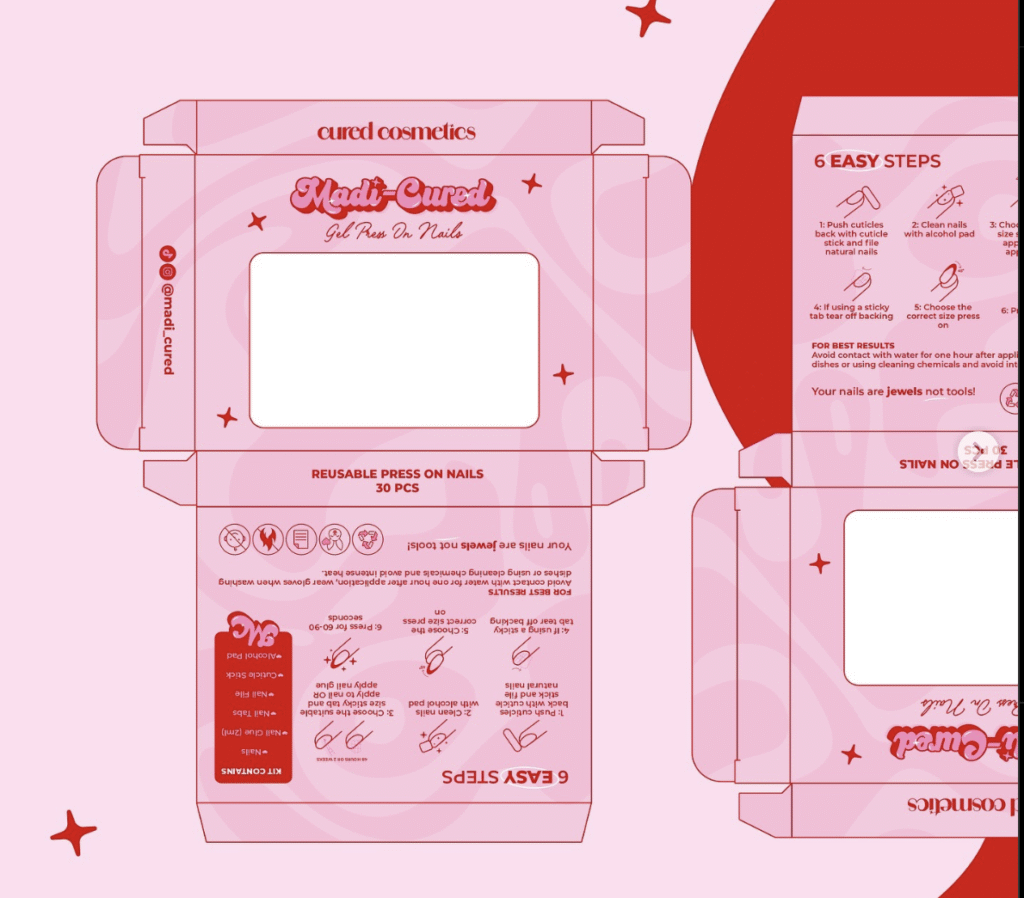
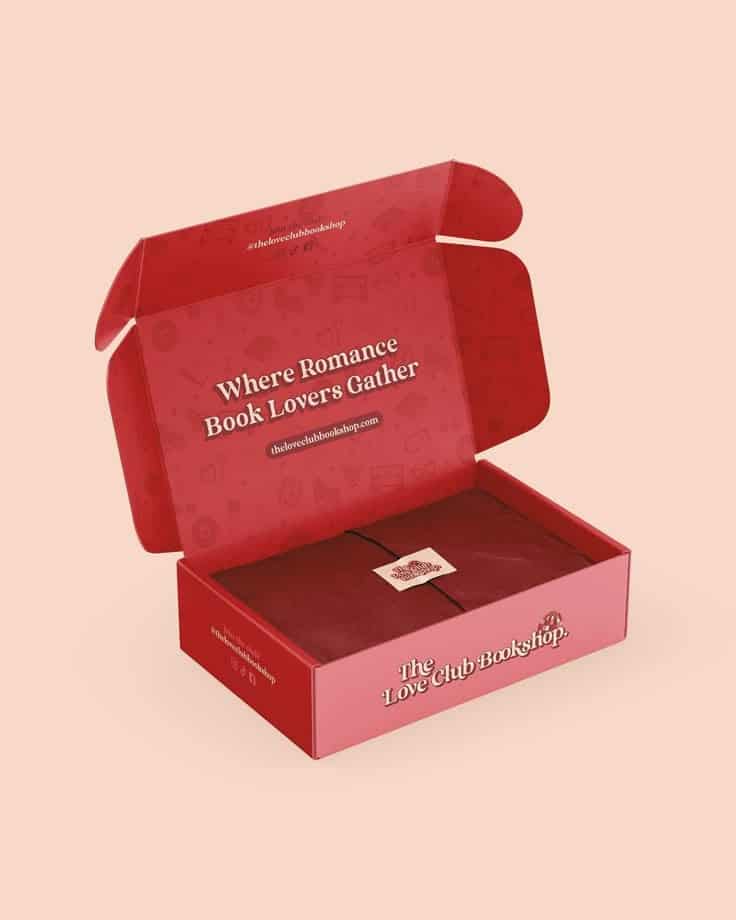
Creating prototypes lets her see how designs work in real life. Paper or digital mockups show shape, size, and visual impact before making actual packaging.
Testing different materials or finishes can reveal what feels right and lasts longer. Prototypes also highlight issues with printing, opening, or storing the package.
Starting with quick, low-cost models saves time and money. Later, she can make high-fidelity versions to check colors and textures closely. This step ensures the final product matches her vision.
Collecting Feedback
Feedback is critical to improving packaging design. She should ask a variety of people—team members, customers, and retailers—for honest opinions.
Using surveys, focus groups, or informal chats helps her learn what stands out or confuses buyers. Notes on readability, shelf appeal, and ease of use are especially valuable.
She must be ready to accept both positive and negative comments. Taking time to analyze feedback guides revisions that make the packaging clearer, more attractive, and customer-friendly.
- 2.4Kshares
- Facebook0
- Pinterest2.4K
- Twitter0
